The Blister Prone
Athletes Guide To
Preventing Foot Blisters
Insider Tips To Take You From
Blister Victim To Champion
How to stop the 10 most
common blisters from heel to toe
Rebecca Rushton BSc(Pod)
Copyright 2015 Rebecca Rushton trading as
Blister Prevention ABN 74 064 976 429
B/116 Dempster Street,
Esperance WA 6450
Australia
Phone +61 8 9072 1514
Email
The moral rights of the author have been asserted.
All rights reserved. Except under the statutory exceptions provisions of the Australian Copyright Act (1968) and for brief extracts for the purposes of review, no part of this book including but not limited to designs in this book may be reproduced, stored or transmitted by any person or entity, including Internet search engines or retailers, in any form or by any means, electronic or mechanical, including photocopying, recording, scanning or by any information storage and retrieval system without the prior written permission of the author.
All the information within this publication is intended to be general information only. The information is not intended to be individual advice, and it is not individual advice. If any reader chooses to make use of the information, it is that readers decision. It is recommended that the reader obtain his or her own independent professional advice for his or her specific condition. Use of the information in this publication is not intended to create, and does not create, a client or patient relationship between a reader and the author.
The author and publisher have made every effort to ensure that the information in this publication is correct at the time of publication. The author and publisher do not assume and hereby disclaim liability for any injury, loss or damage to persons or property whatsoever, however it may arise, including from negligence or any other cause.
Names of manufacturers, suppliers, business people and products are provided for the information of readers only, with no intention to infringe copyright or trademarks.
Edited by Stephen Lake
Cover design by Karen Phillips
Cover image by Milkwhale Infographics
Digital book formatting by Booknook.biz, www.booknook.biz
First published in 2015.
ISBN: 978-0-646-94357-2
Dedication
This book is dedicated to J Martin Carlson MS, CPO, FAAOP, whose academic research and early mentoring contributed the most to my understanding of shear-related skin injury.
Acknowledgement
To Stephen Lake, whose editing skill and passion knows no bounds, whose wit made writing this book an enjoyable process, and whose kindness will be remembered.


Foot blisters can be tricky to avoid. New shoes, hot days, sweaty feet, hard surfaces, steep hills, longer distances ...
But they dont have to be. With a bit of foot function knowhow, and an understanding of what causes blisters, even the most blister prone athlete can select the right strategy to become blister-free. And if something goes wrong, troubleshooting becomes a straightforward process.
 Friction blisters only
Friction blisters only
This book deals with friction blisters on the feet. Blisters from infections (fungal, viral or bacterial), allergies, insect bites and thermal burns are not discussed.
 But first
But first
Lets clear this up right away. Youve probably heard that heat, moisture and friction cause blisters. While these factors are relevant, they are only a small part of the story. The diagram below shows the four factors that combine to cause foot blisters, with all four needed simultaneously to cause a blister.

Figure 1: The four factors that combine to provide blister-causing shear.
 Generally speaking
Generally speaking
With the above in mind, we can identify five opportunities for blister prevention success.
- By gradually increasing the frequency and magnitude of forces applied to the skin, its characteristics change to make it more resistant to blisters. This can be achieved by breaking your shoes in slowly, and progressively increasing your running or walking distance over time. Building thick callous is taking it too far. The changes were looking for are within the skin layers and not particularly visible.
- Did you know the foot bones move around quite a lot under the skin? The more they move relative to the skin surface, the more likely you are to get blisters. Changing your biomechanics (the structure and function of your body) in one of several ways can bring immediate blister prevention.
- If you reduce the number of shear force repetitions to the skin youll stop blisters. But that means not walking, running or playing so much - not a great option!
- The coefficient of friction is a ratio of two forces: friction levels (the amount of grip or slipperiness); and normal force (known better as pressure). Both friction and pressure determine the amount of shear that is imparted to the skin. Reduce either and youll have a direct preventative effect on blisters. Ill expand on this point in a moment - its super-important.
- Finally, if you use materials in your shoe that absorb shear, it means the skin then doesnt have to - and that means less blisters. Material selection for socks, insoles and other devices becomes paramount.

Lets get back to number 4 - the coefficient of friction. This needs to be explained because not only is it misunderstood by most people, it is also massively undervalued. Also, I dont want you to take my word for it.
The coefficient of friction is defined by the formula:
COF = Friction/Normal force
Pressure is very relevant to foot blisters because the foot is a weightbearing structure. At the very least, you have weightbearing pressure from standing, walking, running, etc, and contact pressure from your shoe. Then, consider how pressure increases when you add normal bony prominences, abnormal bony deformities, running, jumping, hills, uneven terrain etc.
When it comes to pressure on our feet, in the end, theres only so much we can do. Yes, you could sit out at half time, cut your running distance in half and only hike on flat terrain. And yes, you could have surgery to fix that hammer toe or bunion. But before you have surgery or cut back your activity because of your propensity for blisters, ask yourself this question: Have I done all I can to minimise friction levels?
 Friction - its not what you think
Friction - its not what you think
Friction is good (for the most part). High friction means things grip together. Friction equals traction, with your foot needing traction for the mechanical efficiencies of gait.
Friction is not rubbing! When it comes to blisters, think of friction this way. Shoes, socks and insoles are made of high-friction materials in an attempt to keep your foot still in your shoe. This is both intentional and appropriate. It stops your foot from sliding around in your shoe. But this doesnt stop the bones from moving around inside your foot. Moving bones cause a movement differential to occur between the bone and skin surface. Everything between the bone and skin stretches and distorts. This distortion is called shear, which causes blisters.
Next page
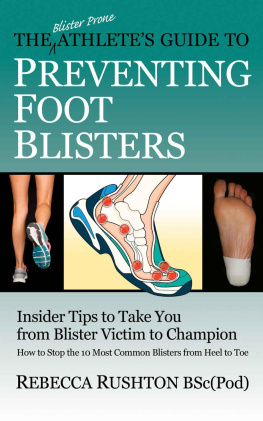
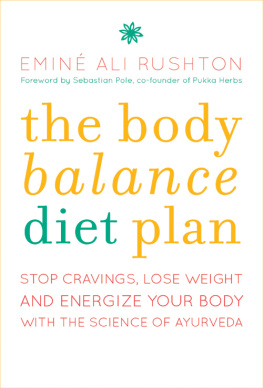

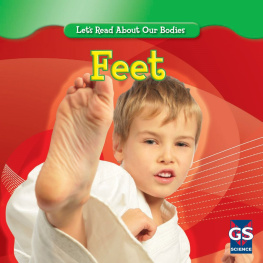
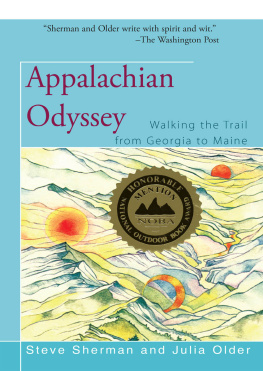
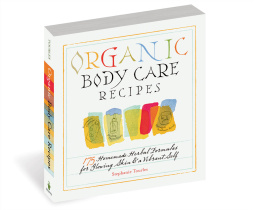
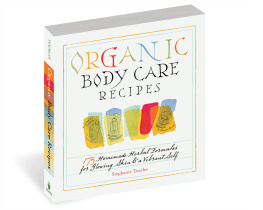
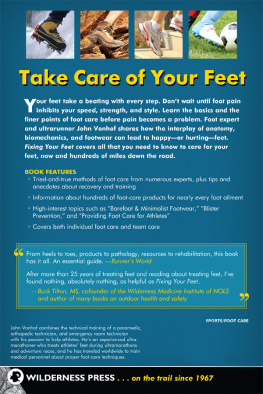
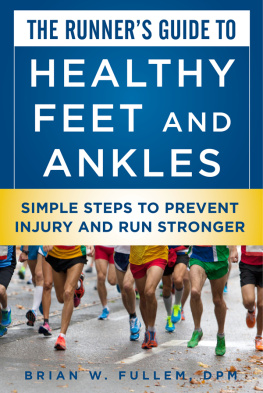
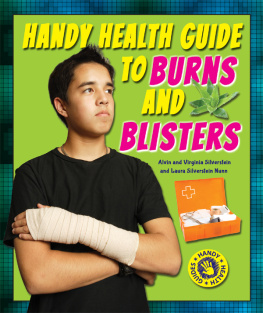
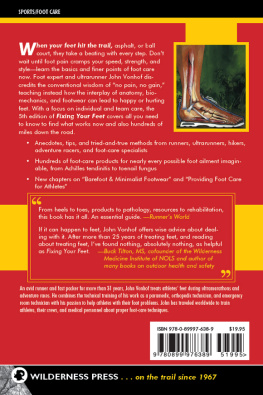


 Friction blisters only
Friction blisters only
